
9 minute read
CITIZEN SCIENCE




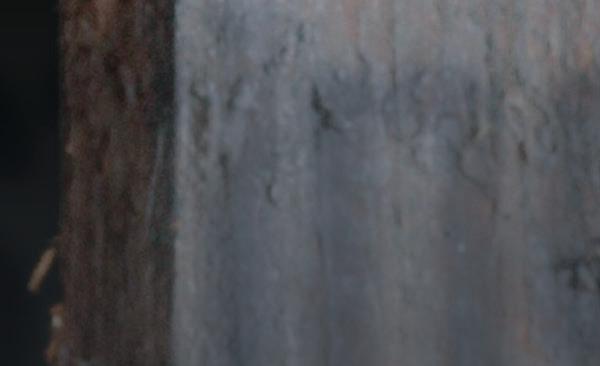











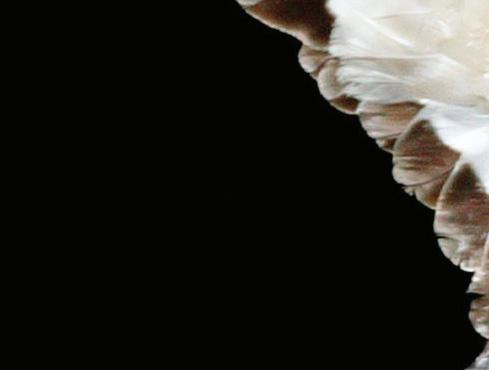

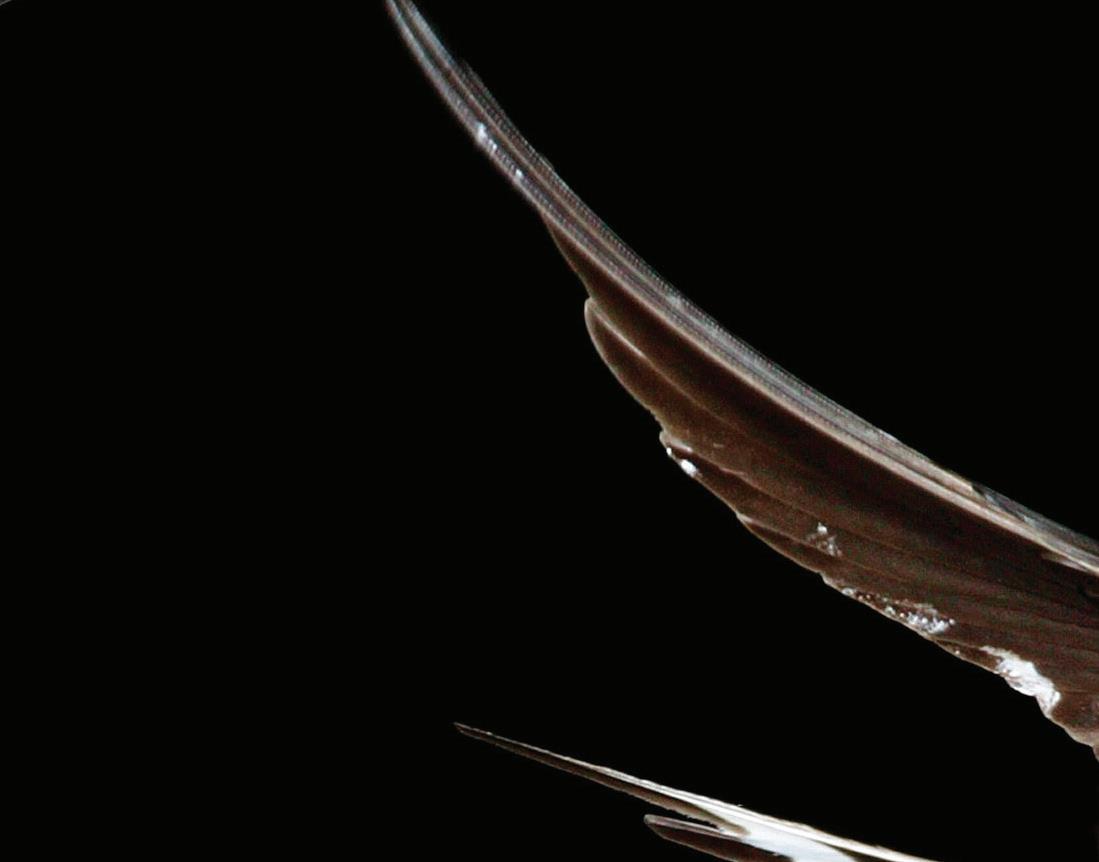
BY RICKY WHELAN & MIKE SHANAHAN
Save our our sheds sheds An Appeal for Nesting Swallows

Swallow credit Mike Brown Swallow credit Mike Brown

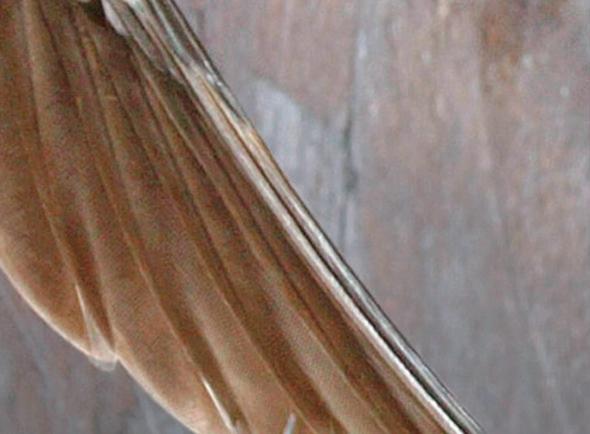





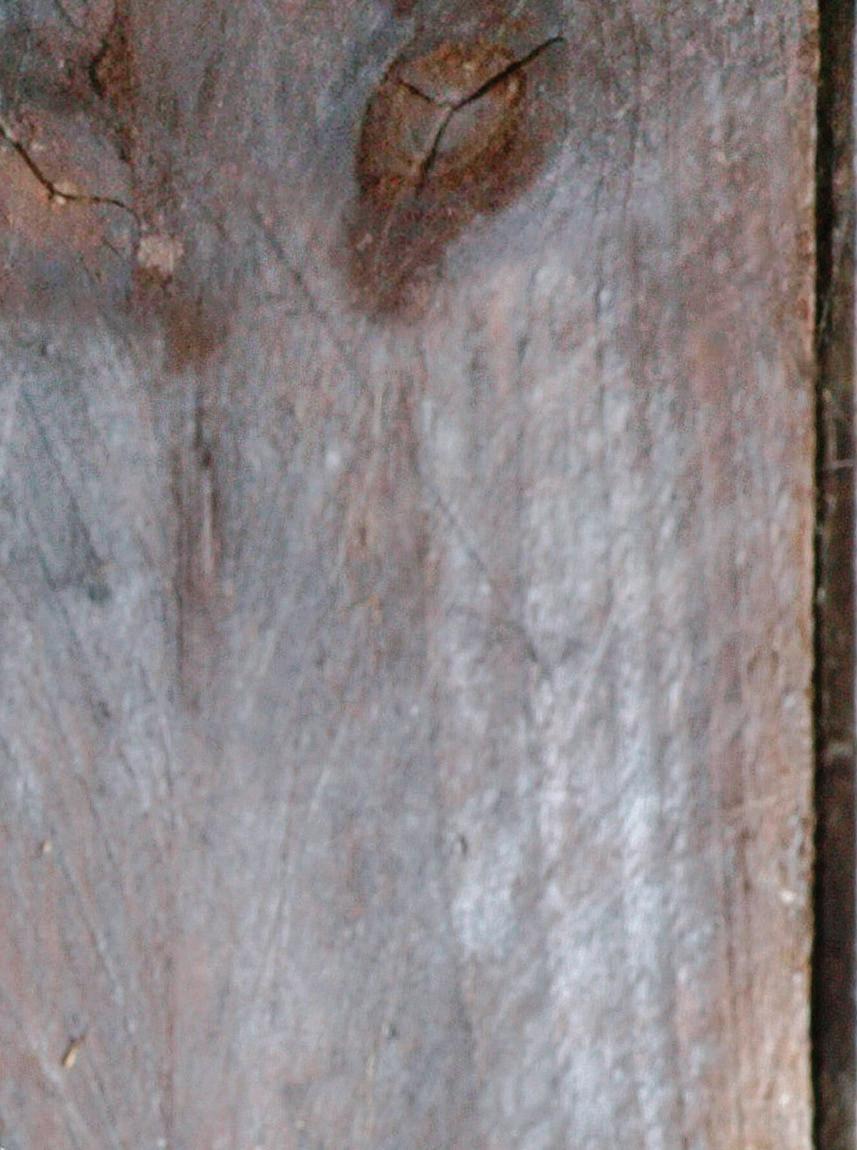
We are very lucky to have three species of hirundine that breed here in Ireland, namely the barn swallow, house martin and sand martin. They migrate here from Southern Africa each year to nest in our sheds, on our gables and in sand banks respectively. No doubt our favourite is the swallow – a celebrated summer visitor that provokes excited posts on social media each year declaring “seen my first swallow” and the likes. It is a very familiar species to us, so familiar for most of us that after the initial early spring elation, we largely forget about them until we are lamenting their return south and how it heralds the colder autumn days ahead.
Although swallows are considered common and widespread, only this week as I write (midApril), they have landed themselves on the amber list of the Birds of Conservation Concern in Ireland (BoCCI). BoCCI is a list compiled by BirdWatch Ireland and RSPB Northern Ireland. The criteria to list a species is broad but generally reflects declines within their breeding range. The amber or red BoCCI list is not a good place to be; it acts as a constant reference and reminder that birds on this list need urgent help to avoid further declines and local extinctions.
Swallows are up against it with the number Swallows are up against it with the number of threats stacking up against them and other migratory species each year, it seems. Climate change is causing all sorts of trouble for them. The Sahara is becoming more arid and increasing in size, making its crossing more perilous to the birds. Extreme weather events can claim migrating swallows in their thousands, another more frequent result of climate change. Wetter summers can mean insects are more difficult to find, leaving starving chicks to die in nests whilst hot spells can overheat chicks, resulting in the loss of whole broods.
The non-climatic factors are many and the sterilisation of our countryside has consequences for their insect prey. Our reduced tolerance for mess and sharing our spaces with swallows is also contributing to their long list of challenges. It is on this final point where I wish to introduce Mike Shanahan, an experienced architect and nature lover. Mike, being an architect, has looked at agricultural buildings for years and watched as many fell into disrepair and even vanished. He asks the question – where will the swallows nest now? He makes an appeal for us to mind these buildings and our swallows. Over to Mike from here…
Anyone who doesn’t live in a city or town will know there’s massive change happening in the Irish countryside at the moment. Irish farming, especially over the past 10 years, is changing fast and with it our landscapes and buildings. In addition to the clearing of miles of hedgerows to make bigger fields, the characterful sheds and outbuildings of small farmholdings are falling into disrepair or being cleared away altogether. The wobbly slate-roofed or red and green corrugated metal curved or sloped hay, milking, donkey, pony, hen or calf sheds of past generations of farmers are, in a short space of time, fading from our landscapes and memory.
Nowadays many farms have been transformed into medium scale, industrial-like units. Large dull sheds filled with often sweaty cattle, with one or two storage buildings, stand in concrete yards. Powerful tractors, trucks and machines manoeuvre in between. The noises and movements of late-night or all-night working shifts sound across the countryside during the busiest periods. Varying contractors come and go as seasons pass. Today’s Irish farm is a very busy and industrious place, as has been deemed necessary by forces outside the farmgate.
However, as well as having certain functions and wonderful architectural charm, these older buildings are often very valuable locations for specific nesting birds, in particular the swallow and the barn owl. Barn owl conservation, with nesting box initiatives, has recently gained attention and much is now being done but because they’re so numerous and regular in their return every summer, swallows are very much taken for granted. Anyone who has knowledge of birds knows that a bird that was once very numerous somewhere can decline and virtually disappear within a decade or less.
The focus here is to highlight the fragile and rapidly disappearing nesting places of our timehonoured annual summer visitors from South

A Swallow Door in a small storage building left open seasonally Disappearing accomodation for Swallows Barriers to birds and bats are common place in outbuildings Mikes prototype Swallow Shack, a purpose built space created for nesting Swallows All images by Mike Shanahan
Africa. Many know and are familiar with the sight of their swooping flights and their cheerful twitter as they pass above our heads or sing from a nearby wire. Fewer have any idea about the true wonder of their perilous 9,500km bihemispherical journey, weathering fierce autumn and spring storms, driving rains, food scarcity, predator hawks, net traps and many other hazards.
Lots of people, thinking the swallow can build a nest in many places, see no harm in knocking the odd shed or blocking up an opening. The problem is that suitable nesting places which are safe from predators, cats particularly, and which are dark and dry are getting scarcer and scarcer. The latter is especially important, as their mud-built nests fail if any water penetrates.
This decline can be compounded with another significant societal change, one found all along our scenic coastal headlands and bays. Here, marginal farms that long passed from one generation to the next, with traditions continuing, are frequently offered for sale after the passing of the last of its elderly caretakers. Younger generations have left the land for more rewarding urban jobs and the premium prices these properties fetch as second homes for holiday or retirement use are too attractive not to avail of. The problem is that large parts of our coastal areas are now more than 70% holiday home use. Quite often, these new owners are people with very busy lives and leisure periods are precious so in the process of modernising their house, zero thought is given to how important the outbuildings on the property are to generation after generation of our summer visitors, or other unseen nocturnal inhabitants.
Consequently, outbuildings are knocked to make more space or improvements. Very often they are refurbished for use as storage, with new windows and secure doors fitted. Other times they are maintained but with the openings/gaps closed, or fitted with wire mesh to prevent nuisance bird droppings. Emphasis is much more on cleaning and tidying up appearances and on the ease of future care. Attaining ‘minimum maintenance’ properties is almost always a project aspiration. Only very occasionally they are left as is, with their annual return welcomed by their new owners. As a result, skies over our headlands and coasts that were once full of the sights and sounds of swallows are now barren – their disappearance going unnoticed across our island.
So this appeal is to all involved, from farmers and planning officers to new property owners and their builders, to find ways to safeguard the nesting sites of one of our most delightful visitors. Keep the roofs of disused sheds in good repair. Do not seal all gaps – all that’s needed is a 3” slot. Refurbish some, but not all, outbuildings. Leave a garage window or shed door open or even build a small timber or block shelter as per picture above. Most of all, look after your sheds and make a space for these amazing summer visitors.
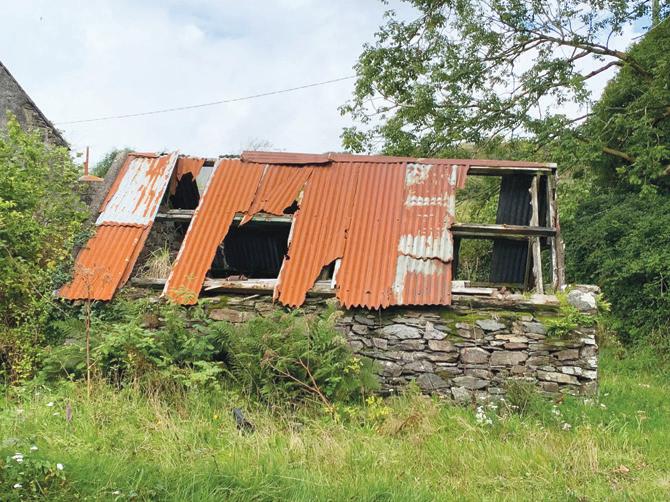
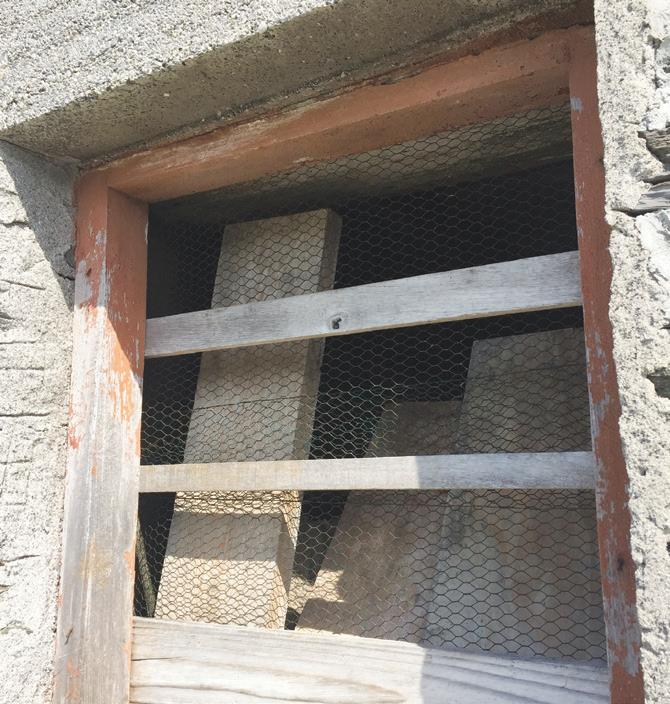

Helping you help Swallows…
GLAS TRADITIONAL FARM BUILDINGS GRANT SCHEME
The GLAS Traditional Farm Buildings Grant Scheme is an annual grants scheme for the conservation and repair of traditional farm buildings and related structures for farmers in the Green Low-Carbon Agri-Environment Scheme (GLAS). It is administered by the Heritage Council and sums of up to €25,000 can be awarded to worthy projects. More info here: https://
www.heritagecouncil.ie/projects/ traditional-farm-buildings-grantscheme.
FURTHER READING
BirdWatch Ireland, in collaboration with Kerry and Donegal County Councils, has produced a guidance booklet entitled ‘Wildlife in Buildings: linking our built and natural heritage,’ in response to this gap in knowledge and to provide answers to questions commonly asked regarding wildlife in buildings. It has been designed as a guide to be used by anyone carrying out works on a building which may support wildlife. You can download it free here: https://birdwatchireland.ie/
wildlife-in-buildings/
Mike Shanahan is the owner and lead at MSA Architects, based in Clonakilty West Cork. Throughout his career, Mike has designed a huge variety of buildings including large and big budget projects but recently has taken much pride and care in designing his prototype Swallow Shed.
Ricky Whelan is a Project O cer with BirdWatch Ireland and a volunteer with the Irish Wildlife Trust LaoisO aly Branch.










